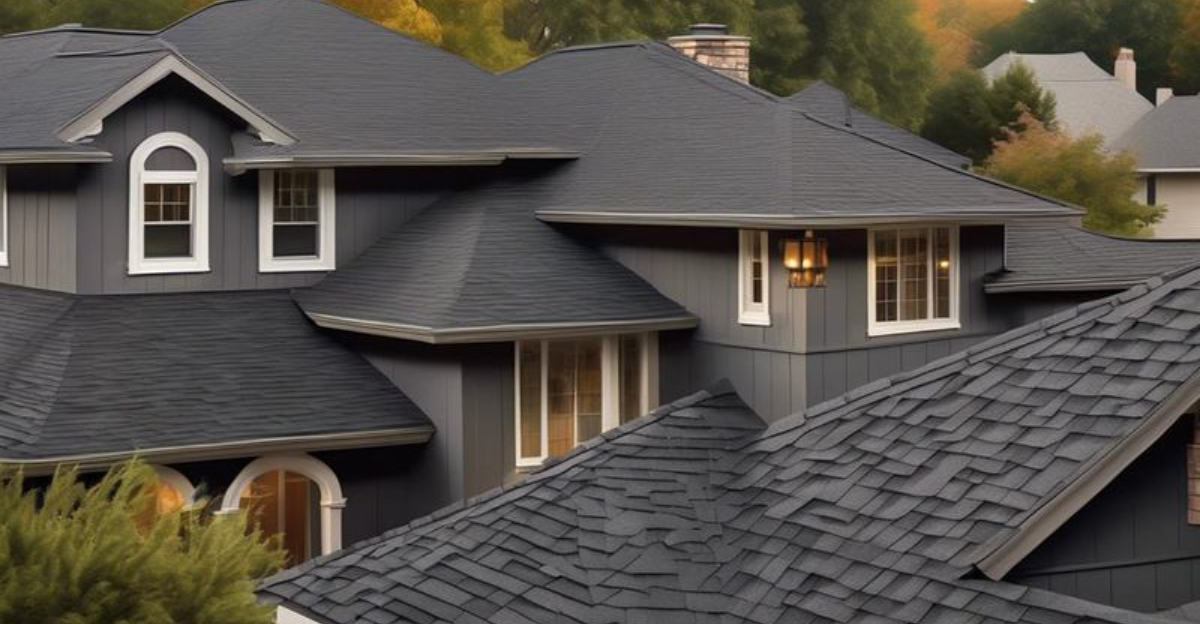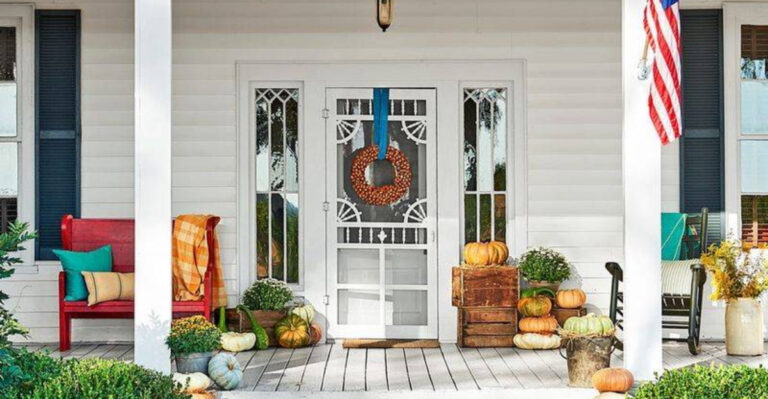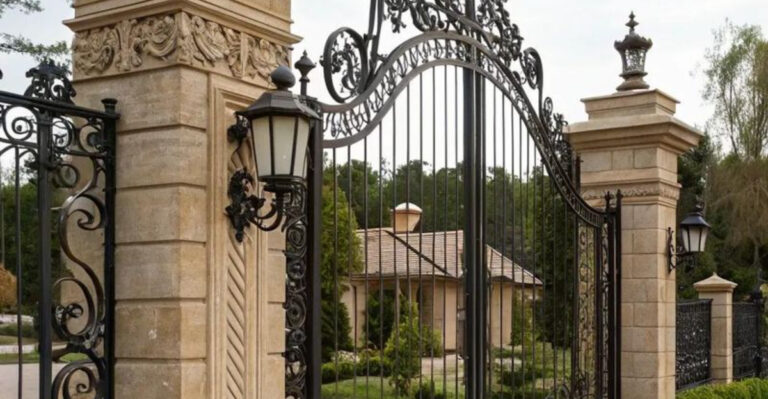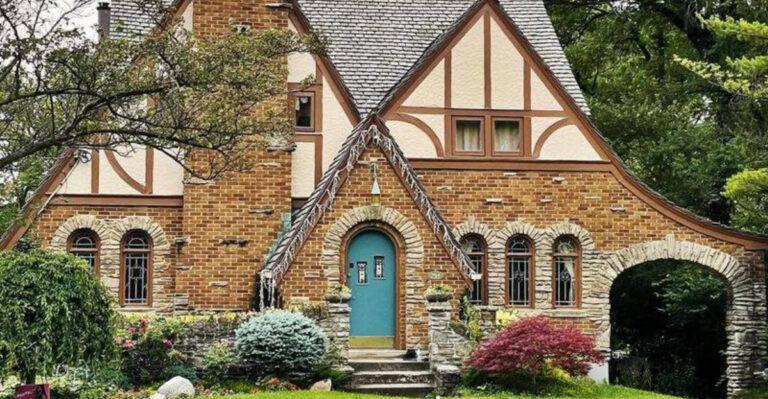What To Consider Before You Choose A Roofing Material
I used to think picking a roof was all about curb appeal, until a leaky one reminded me otherwise during a thunderstorm. Your roof is your home’s first defense against wind, rain, snow, and everything in between, and choosing the wrong material can cost you big time.
It’s not just about what looks good from the street. Durability, maintenance, cost, and climate all play a huge role. I’ve learned that the right roofing choice can mean decades of peace of mind. If you’re about to make this decision, here’s what you need to know before climbing that ladder.
1. Climate And Weather Conditions In Your Area
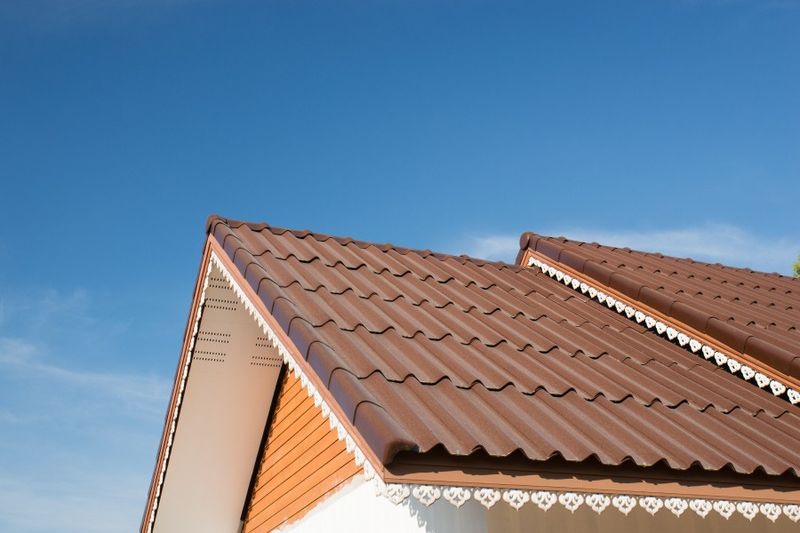
Mother Nature doesn’t play favorites when she’s throwing her tantrums at your house. If you live where hurricanes love to vacation, asphalt shingles might fly away faster than your weekend plans.
Snow-heavy regions demand materials that won’t buckle under pressure, while desert dwellers need surfaces that won’t fry like an egg on hot pavement. Some materials laugh at hail storms while others crack like bad jokes.
Research your local weather patterns before making any commitments to avoid costly surprises later.
2. Budget And Long-Term Cost Analysis
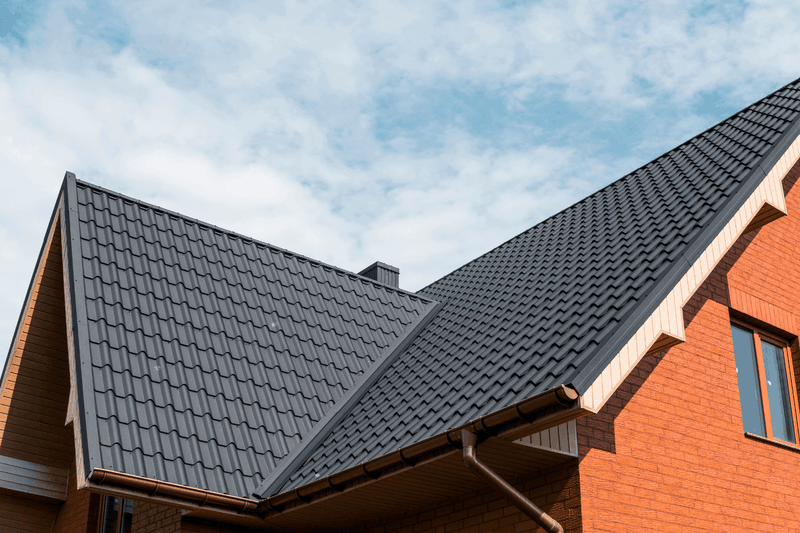
Cheap roofing materials can be like discount parachutes – you might regret the savings later. While premium options make your wallet lighter upfront, they often pay for themselves through energy savings and longevity.
Factor in maintenance costs, replacement frequency, and potential insurance discounts when crunching numbers. Some materials cost more initially but last twice as long as budget alternatives.
Think of it as buying shoes – quality boots outlast cheap sneakers every single time, making them the better investment.
3. Durability And Expected Lifespan
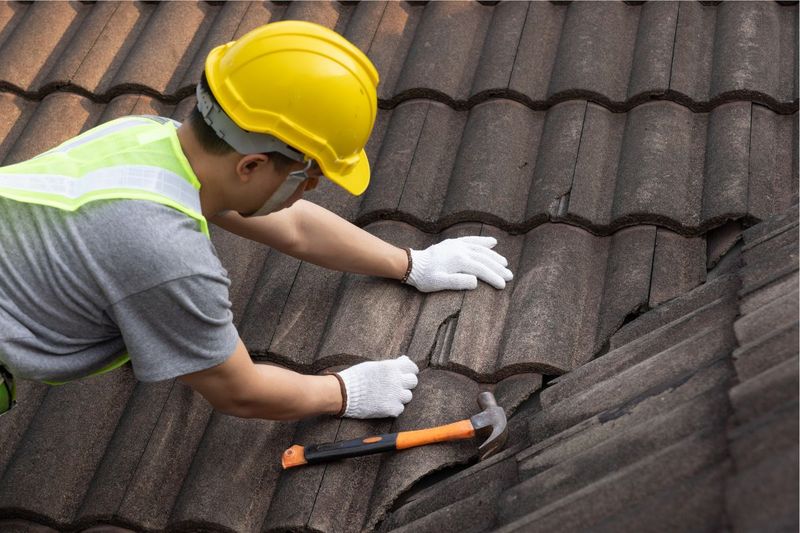
Nobody wants to replace their roof more often than they change their car’s oil. Metal roofing can outlast your mortgage, while some materials start showing their age faster than a pop star’s career.
Consider how long you plan to stay in your home and whether you want a roof that lasts forever or just long enough. Quality materials often come with warranties that span decades rather than years.
Remember that durability affects resale value too – future buyers appreciate roofs that won’t need immediate attention.
4. Local Building Codes And Regulations
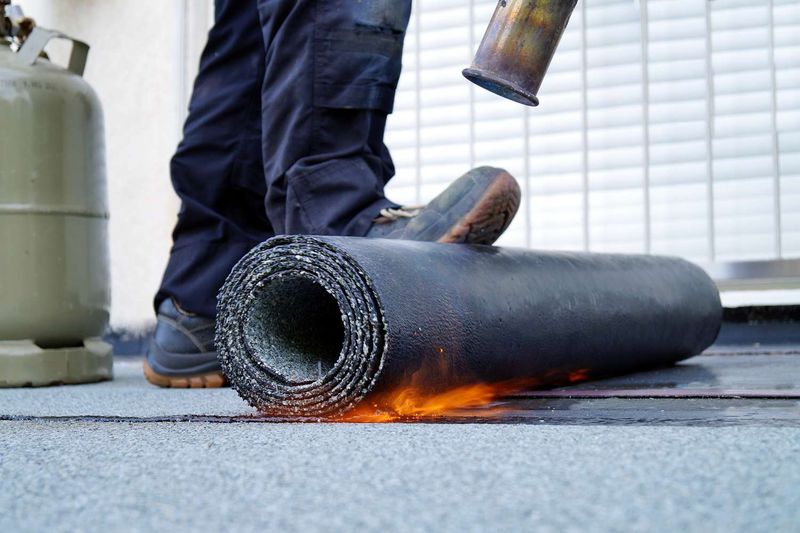
Building codes exist for good reasons, even if they sometimes feel like bureaucratic headaches. Your dream roof material might be illegal in your area due to fire ratings, wind resistance requirements, or historical preservation rules.
Some neighborhoods have strict aesthetic guidelines that limit your choices to specific colors or materials. Fire-prone areas often require Class A fire-rated materials regardless of your personal preferences.
Check with local authorities before falling in love with any particular option to avoid expensive do-overs.
5. Home Architecture And Style Compatibility
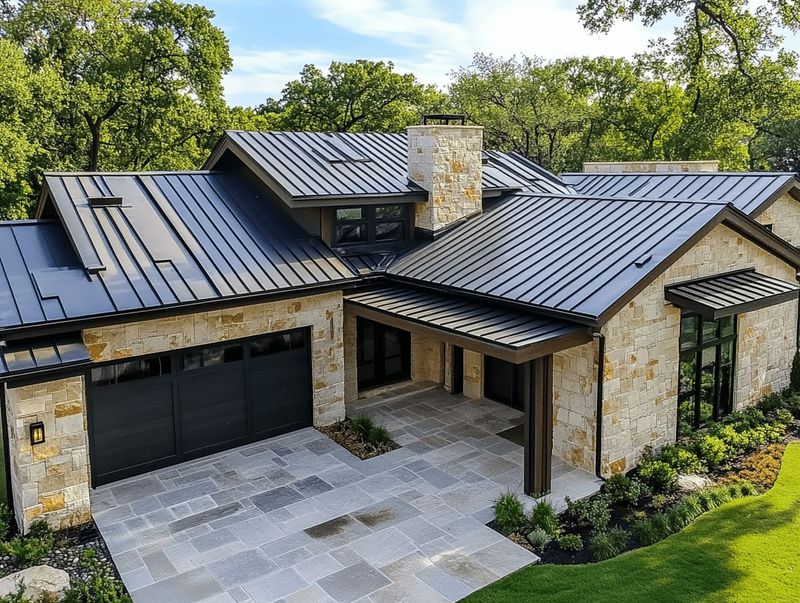
Putting modern metal roofing on a Victorian home is like wearing sneakers with a tuxedo – technically possible but aesthetically questionable. Architecture styles have evolved alongside roofing materials for good reasons.
Traditional homes often look best with classic materials like slate or cedar, while contemporary designs can handle bold choices. Your roof should enhance your home’s character rather than fight against it.
Consider how different materials will affect your home’s curb appeal and neighborhood harmony before making final decisions.
6. Energy Efficiency And Insulation Properties
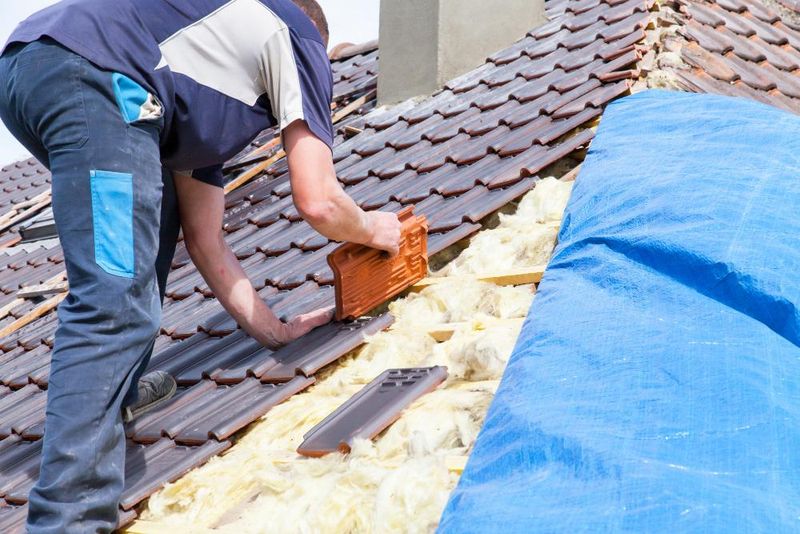
Smart roofing choices can turn your attic from a sauna into a comfortable space while shrinking energy bills. Cool roofs reflect heat away from your home, reducing air conditioning costs in hot climates.
Some materials provide natural insulation properties that keep indoor temperatures stable year-round. Light-colored surfaces stay cooler than dark ones, which matters more than you might think.
Energy-efficient roofing often qualifies for tax credits or utility rebates, making green choices easier on your budget too.
7. Maintenance Requirements And Upkeep
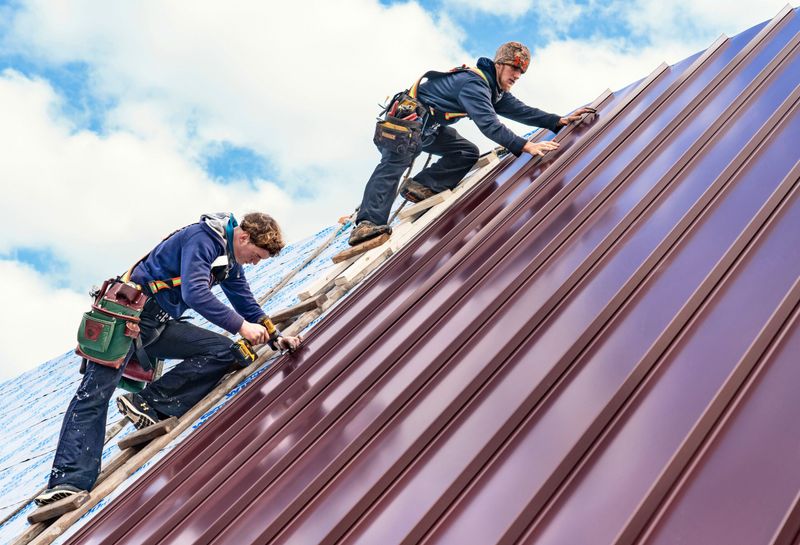
Some roofing materials are like low-maintenance pets – they mostly take care of themselves with occasional attention. Others demand constant grooming, cleaning, and repairs that can drive you crazy.
Cedar shakes need regular treatments to prevent rot and insect damage, while metal roofs mostly just need occasional washing. Consider your DIY skills and available time for maintenance tasks.
Factor in the cost of professional maintenance services if you’re not comfortable climbing ladders or handling repairs yourself.
8. Installation Complexity And Labor Costs
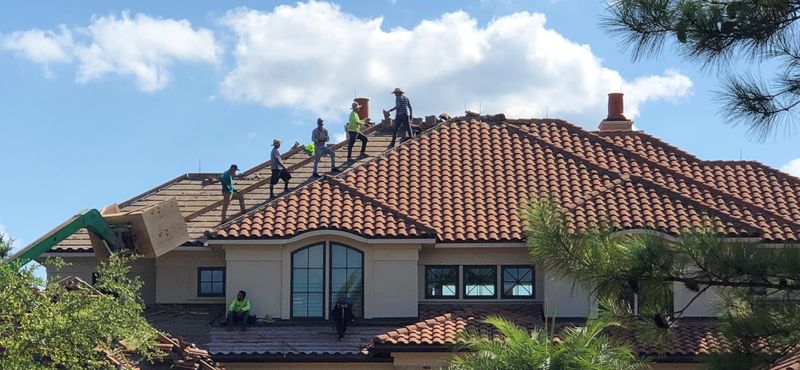
Installing some roofing materials requires skills that would make brain surgeons nervous, while others are straightforward enough for experienced DIYers. Slate installation demands specialized expertise that comes with premium labor costs.
Complex materials often require longer installation times, which translates to higher labor expenses. Weather delays can stretch projects longer with intricate materials than simple ones.
Get multiple quotes and verify contractor experience with your chosen material before signing any contracts to avoid costly mistakes.
9. Weight And Structural Support Requirements

Your roof structure has weight limits just like an elevator – exceed them and bad things happen. Concrete tiles weigh significantly more than asphalt shingles, potentially requiring structural reinforcement.
Older homes might need upgrades to handle heavier materials safely. Engineers can assess whether your current framing can support your material choice without modifications.
Structural upgrades add considerable costs to your project, so factor this into your budget early in the planning process.
10. Fire Resistance And Safety Ratings
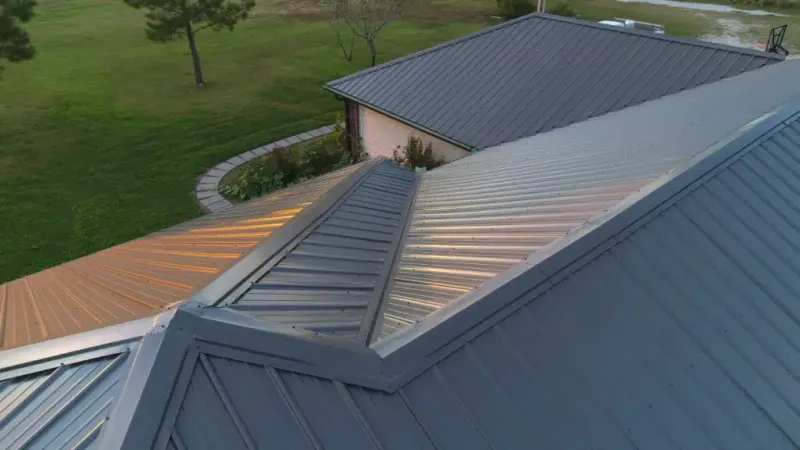
When wildfires make headlines regularly, fire resistance becomes more than just a nice feature – it’s essential protection. Class A materials offer the highest fire resistance, while unrated options might as well be kindling.
Insurance companies often offer discounts for fire-resistant roofing in high-risk areas. Some materials can actually help prevent fires from spreading to neighboring homes.
Check your area’s fire risk level and choose materials accordingly – your family’s safety is worth more than any aesthetic preference.
11. Noise Levels And Sound Insulation
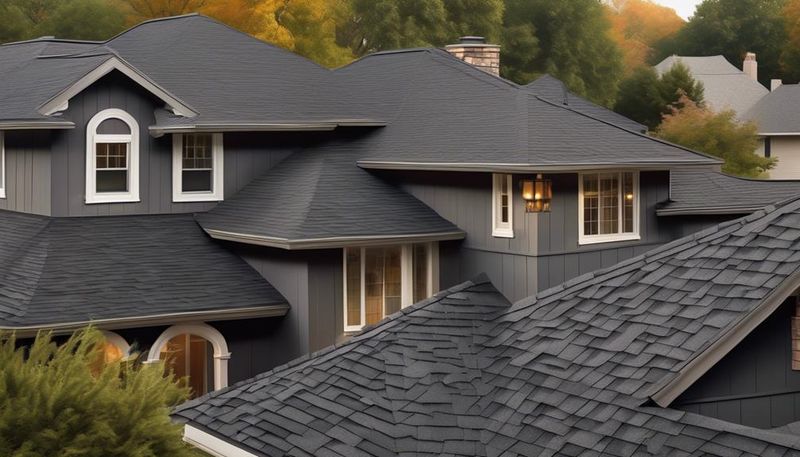
Rain on a metal roof can sound like a percussion concert when you’re trying to sleep. Some materials amplify weather sounds while others muffle them effectively.
Proper insulation and underlayment can reduce noise levels significantly, but material choice still matters. Tile and slate naturally provide better sound dampening than thin metal sheets.
If you’re sensitive to noise or live in areas with frequent storms, prioritize quieter materials or invest in additional sound-dampening measures.
12. Color Options And Aesthetic Appeal
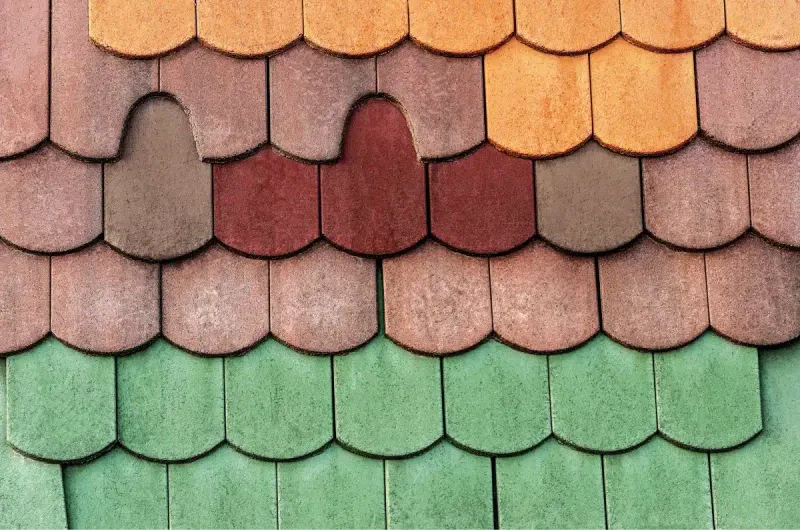
Your roof covers a huge portion of your home’s visible surface, making color choice crucial for overall appearance. Some materials offer rainbow options while others stick to natural tones.
Dark colors absorb more heat but hide dirt better, while light colors reflect heat but show stains more easily. Consider your climate and maintenance preferences when selecting colors.
Remember that trendy colors might look dated in a few years, while classic choices remain appealing longer and support better resale values.
13. Environmental Impact And Sustainability
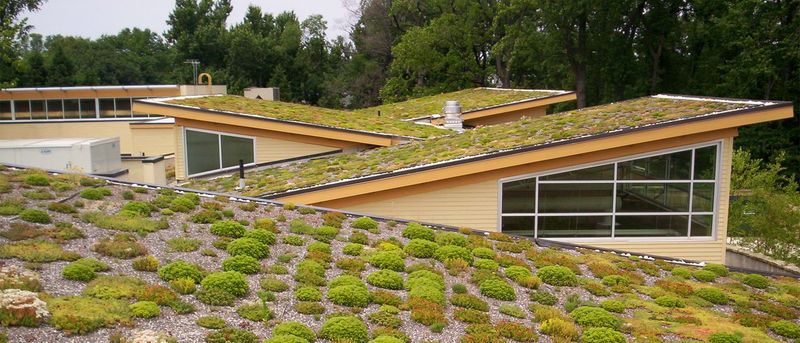
Environmentally conscious homeowners increasingly consider their roof’s ecological footprint alongside traditional factors. Some materials are made from recycled content while others can be recycled at end-of-life.
Manufacturing processes vary widely in energy consumption and pollution generation. Metal roofing often contains recycled content and lasts longer, reducing replacement frequency.
Green roofs and solar-ready materials offer additional environmental benefits while potentially qualifying for tax incentives or rebates from utility companies.
14. Warranty Coverage And Manufacturer Support

Warranties vary dramatically between manufacturers and materials, ranging from basic coverage to comprehensive protection plans. Read the fine print carefully – some warranties become void with DIY installation.
Manufacturer reputation matters when problems arise years later. Established companies with strong customer service records provide better long-term support than fly-by-night operations.
Transfer ability is important if you sell your home – buyers appreciate assumable warranties that provide continued protection under new ownership.
15. Resale Value And Market Appeal
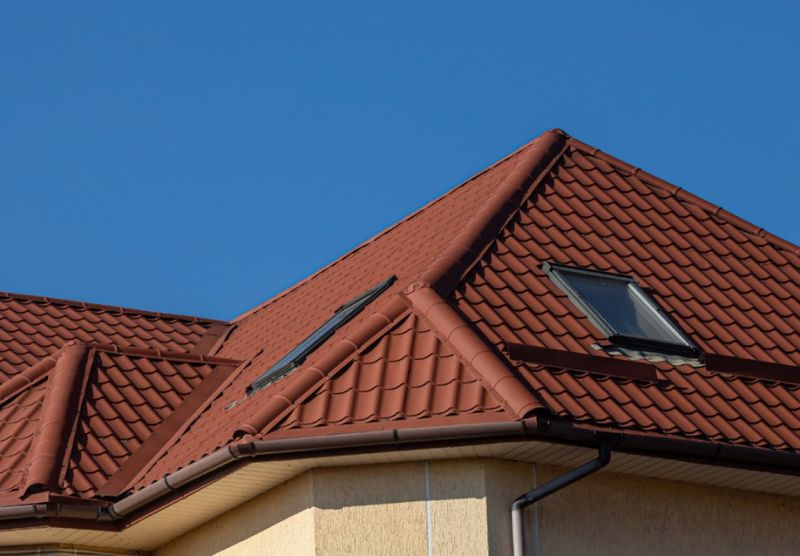
Quality roofing materials can boost your home’s market value significantly, while poor choices might scare away potential buyers. Premium materials often provide better returns on investment than budget options.
Buyers appreciate roofs that won’t need immediate replacement or expensive repairs. Energy-efficient and low-maintenance materials particularly appeal to today’s environmentally conscious purchasers.
Regional preferences matter too – materials popular in your area typically have better resale appeal than exotic choices that seem out of place.

